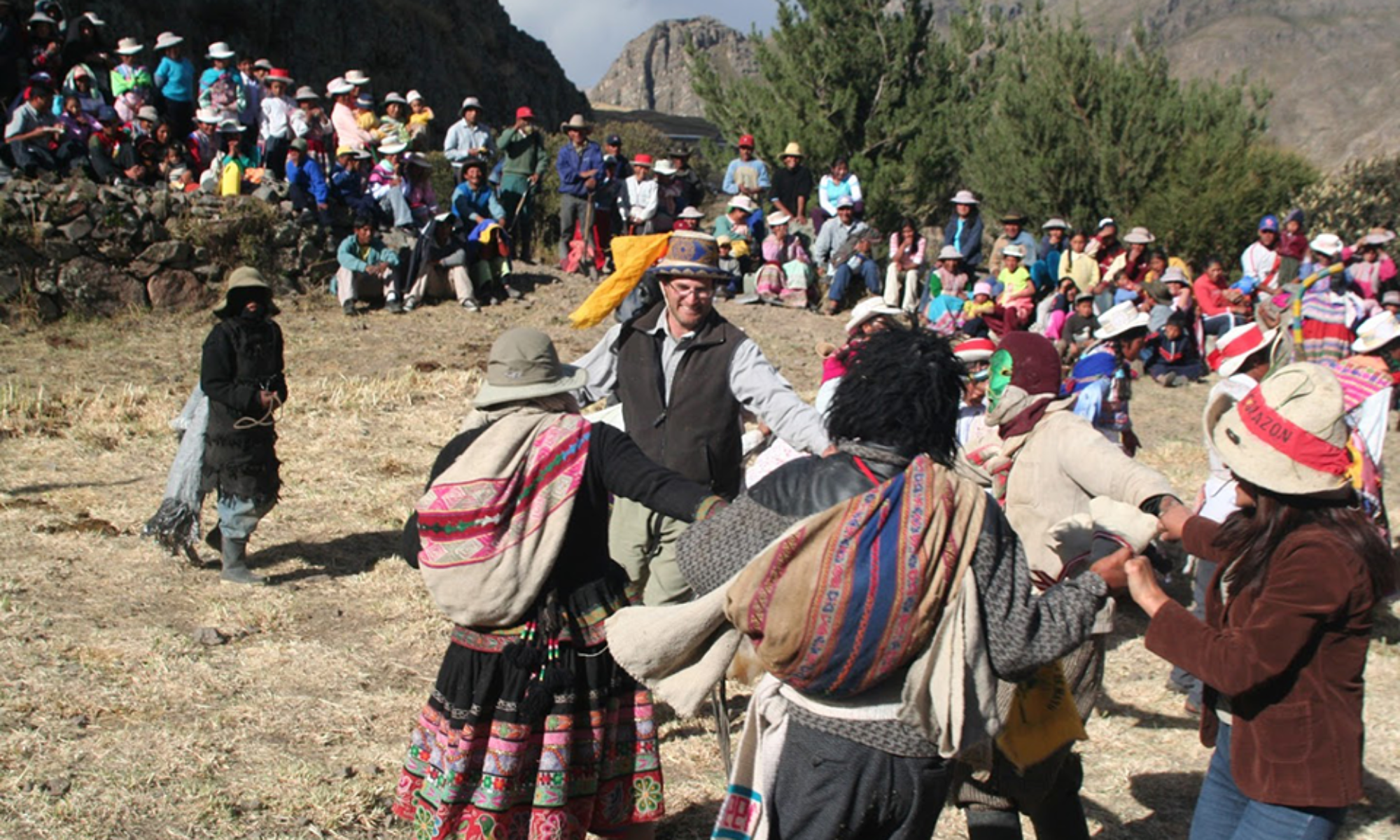An Archaeological Microhistory of the General Resettlement of Indians in the Viceroyalty of Peru
My current research investigates one of the largest forced resettlement programs in history: the Reducción General de Indios (General Resettlement of Indians) in the Viceroyalty of Peru. In the span of a single decade—the 1570s—some 1.4 million native Andeans were forcibly resettled into over 1,000 planned colonial towns (reducciones—literally, “reductions”) built on gridded street plans with central plazas and churches throughout the region encompassed by much of modern Peru and Bolivia. The Reducción was the centerpiece of a comprehensive plan instituted by the Viceroy Francisco de Toledo (in office 1569-1581 CE) to establish a new colonial social order following three decades of plunder, indigenous revolt, and Spanish factional wars in Peru.

Although this program was vast in scale, very little documentation of how it was actually carried out has been recovered in the archives. Archaeological study of the Reducción is essential, then, but not just to fill the gaps in the documentary record, but as a uniquely attuned means for understanding the spatial and material dimensions of the Reducción, which were at the core of what the program was about. Through restructuring of the built environment, the Reducción was intended to generate Christian, “civilized” Indian subjects through new rhythms of daily practice and regimented Catholic ritual. The spatial arrangement of reducciones facilitated surveillance and tribute collection, and ultimately was designed to inculcate the workings of a new colonial society.

The reducción of Santa Cruz de Tute, today known as Mawchu Llacta (also Machu Llacta, Ñawpa Llacta) is an ideal context for addressing these issues. Located high in the Colca Valley (4100 masl), this spectacularly-preserved reducción was built atop a major Inka administrative center and was occupied through the mid 19th century. Our work at Mawchu Llacta includes UAV- and balloon-based mapping, architectural survey, multi-instrument geophysical prospection , lichenometric dating of architecture, intensive surface artifact collections, extensive areal excavations in domestic and ritual contexts, and archival research in Spain and Peru.

This project builds directly on our research at Malata (see below), because the people of Malata were almost certainly resettled to this particular reducción. In this way, we are tracing out an anthropological microhistory: a microhistory that provides insights into the local experience of the Spanish invasion, initial evangelization, and daily life during the Spanish colonial era, all the way through the first decades of the republican era.
Previous Research
Malata: A Trans-Conquest Investigation of Ritual and Daily Practices
How did Andean communities experience, interpret, and respond to successive waves of Inkaic and Spanish colonialism? How did they understand Christian doctrine as it was communicated to them by Catholic religious agents in the early years following the Spanish invasion?

These are the central questions that motivate research at Malata. Set in the upper reaches of the Colca valley in southern Peru, this investigation of the transition from Inka to Spanish rule involved both archaeological and archival investigation. Ecclesiastical documentary sources relate how Franciscan friars were the first clerics to reach the Colca valley. Arriving some time between the 1540s and 1560s, they established a series of doctrinas, or doctrinal settlements, at some of the principal settlements in the valley.

The archaeological component of the project identifies and investigates these settlements. They are unusually well-preserved, with standing fieldstone architecture, including small, rustic chapels, as well as ceremonial and domestic architecture from the Inka occupation. One of these, the site of Malata in the modern district of Tuti, is the focus of The Tuti Antiguo Archaeological Project (PATA).

The project combined archaeological and archival information to obtain a holistic view of this crucial period of transition. While ecclesiastical documents shed light on the ideological and institutional setting within which clerics operated, the goal of the archaeological side of the research is to obtain information on how pastoral theory and church institutions were actually implemented, as well as indigenous responses to them. How did the friars adapt to or rework the built environment that they confronted? How did local communities receive, recognize, and re-interpret these pastoral advances? To answer these questions, a micro-scale view of change and continuity in ritual and domestic practices is needed. Archaeology is uniquely equipped to provide such a perspective. The project has been active since 2006, beginning with mapping and test pit excavations at Malata, and expanded in 2007 and 2008 with large scale excavations in several contexts at the site.


My prior research documented a repeated pattern of association between Inkaic ceremonial architecture, plaza spaces, and early Franciscan chapels at several sites, suggesting that the first friars who entered the valley recognized and mapped onto the ceremonial spaces used in earlier Inka state-sponsored rituals. In this sense, I view the the built environment as an important medium in this two-way intercultural dialogue. Our research explored the reinterpretation and recycling of ceremonial/ritual space at these settlements, and evidence for change an continuity in the patterning of domestic space and practices.

This project is a collaborative effort with the community of Tuti. Together we are working to raise awareness of the richness of the archaeological and historical patrimony of the village. My heartfelt thanks go to the community and the municipality, for all of their gracious hospitality and valued support.
Acknowledgements
This project was supported by a National Science Foundation Senior Research Grant (Award No. 0716883), a National Science Foundation Research Experience for Undergraduates Grant Supplement, and a Vanderbilt University Summer Research Fellowship.

